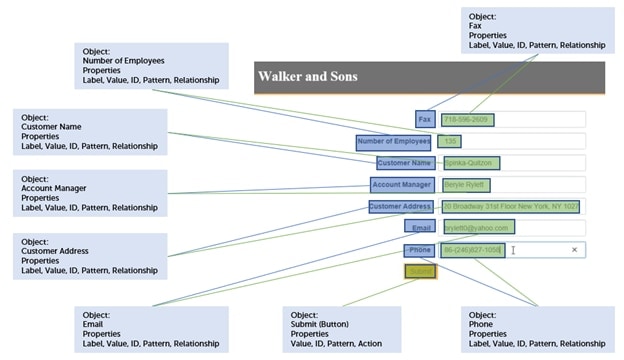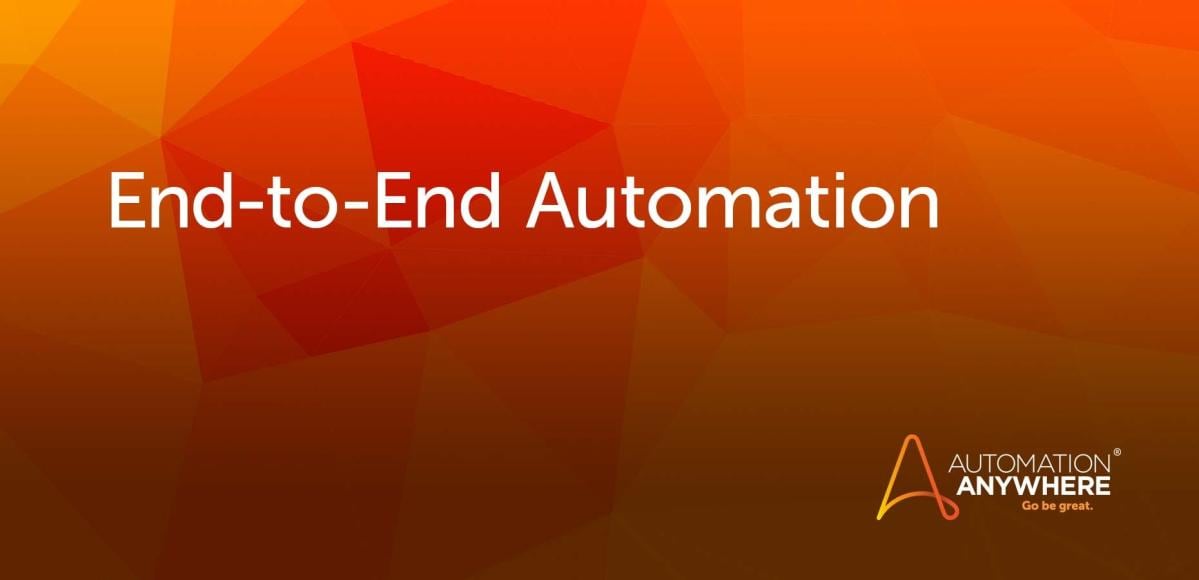- Login
- Search
- Contact Us
-
Have a question? Our team is here to help guide you on your automation journey.
-
Explore support plans designed to match your business requirements.
-
How can we help you?
-
- AI
AI Without the Hype From pilot to full deployment, our experts partner with you to ensure real, repeatable results. Get Started
- Automation Anywhere AI
-
- Solutions
Featured Agentic Solutions
Accounts Payable Invoice automation—No setup. No code. Just results. Accounts Payable
Customer Onboarding Scale KYC/AML workflows. Customer Onboarding
Customer Support Keep queues moving, even at peak load. Customer Support
Healthcare RCM Revenue cycle management that runs itself. Healthcare RCM
- Products
Platform Features
- Agentic process automation (APA)
- Robotic Process Automation (RPA)
- View all Products
-
- Resources
Get Community Edition: Start automating instantly with FREE access to full-featured automation with Cloud Community Edition.
Featured
 Named a 2025 Gartner® Magic Quadrant™ Leader for RPA.Recognized as a Leader for the Seventh Year in a Row Download report Download report
Named a 2025 Gartner® Magic Quadrant™ Leader for RPA.Recognized as a Leader for the Seventh Year in a Row Download report Download report- Become an Expert
- Developer Tools
- Get Support
- View all resources
-
- Partners
Find an Automation Anywhere Partner Explore our global network of trusted partners to support your Automation journey Find a Partner Find a Partner
- Find a Partner
- For Partners
-
Blog
Artificial Intelligence as a Driver of Hyperautomation
Placing hyperautomation No. 1 among its “Top 10 Strategic Technology Trends for 2020,” Gartner predicts that “by 2022, application integrations delivered with Robotic Process Automation (RPA) will grow by 40% year over year.” How did RPA become the prominent enabling technology for the top technological trend?
The promise of hyperautomation is end-to-end automation of office work leveraging various technologies, including RPA, artificial intelligence (AI), and machine learning. However, continually changing procedures, tools, and priorities present a barrier to office hyperautomation as those changes demand high flexibility and adaptability from office workers.
Although business process management (BPM) systems allow automating the most common standard processes, less visible and less standard but still very repetitive, mundane processes remain manual. Automating those operations requires a different approach: one that’s less centralized and less standardized and, at the same time, more flexible, intelligent, and powerful.
RPA empowered by AI is evolving into intelligent automation and producing what we call a Digital Workforce — trainable, intelligent digital assistants for specific functional roles rather than processes.
Whereas the traditional approach to automation requires centralized process analysis, documentation, and then automation, an intelligent Digital Worker could be trained to take on the most repetitive tasks of an individual employee and elevate his or her performance.
What skills and characteristics should we expect from this Digital Workforce? Similar to a human workforce, the digital one should be able to:
- Work with various business applications
- Operate with structured and unstructured data
- Analyze data and make decisions
- Learn, improve, and automate business processes
And, each of these tasks requires Digital Workers to possess an intelligence: AI.
Working with business applications
Existing enterprise solutions, such as enterprise resource planning (ERP), customer relationship management (CRM), core banking systems, and others, form the basis for hyperautomation, which transfers data and enables seamless automated operations across them.
Connecting to business applications might be straightforward if they have APIs or built-in connectors. However, many legacy applications don’t have those and can be accessed only via a graphical user interface (GUI).
The Automation Anywhere Enterprise A2019 intelligent automation platform offers a set of powerful tools, such as Universal Recorder, that can capture how users access multiple applications via a GUI and create RPA bots to repeat those actions automatically.
In extreme cases of terminal or virtual environments, when the system doesn't allow direct access to a GUI, the only option is to read and parse information on the screen, which requires training in specialized machine learning technology.
Enterprise leverages proprietary computer vision technology to read screens and find relevant information using machine learning (see Figure 1). It can also flexibly adapt to UI changes maintaining the resilience of the bot.

Processing structured and unstructured data
Although processing structured data is straightforward, processing unstructured data is not. And, since most researchers agree 80% of enterprise data is unstructured, true hyperautomation can’t ignore it.
Created through human interactions — such as email and chat communications, documents, videos, and audio recordings — unstructured data calls for special AI technology, including natural language processing (NLP), optical character recognition (OCR), pattern recognition, computer vision, and voice recognition, in order to be processed and converted into structured data.
The majority of business-critical unstructured data comes from documents. Automation Anywhere Document Automation is an intelligent document processing solution that automatically extracts valuable data from the documents of various types and converts it into the structured form, enabling this data for automated processing.
For processing unstructured data from other sources, Enterprise A2019 includes AI packages, giving access to the world’s best AI technology for end-to-end process automation.
Analyzing data and making decisions
Data analysis and decision-making have traditionally been a unique privilege of the human brain. That’s been changing over time. For example, Automation Anywhere Bot Insight simplifies data analysis by collecting and visualizing business data processed by RPA.
Additionally, by applying deep learning algorithms to big data, we can train Digital Workers to make predictive decisions in situations similar to ones encountered before. For example, AI can be used to detect fraudulent claims in insurance claims processing and make automatic decisions about approving or rejecting a claim.
Learning and automating business processes
Process discovery includes automatic analysis of human actions and identifying repetitive patterns that can be automated. Finding these processes requires the application of sophisticated pattern recognition and optimization algorithms — again, AI.
Automation Anywhere Process Discovery uses AI to discover business processes, identify automation opportunities, prioritize them based on return on investment, and create bots to carry out the automation. An example is discovering and automatically handling rejected invoices as a part of a billing process.
AI powers all critical skills of a Digital Worker, which is the enabling "active ingredient" of hyperautomation. It also explains why RPA — the core automation technology behind Digital Workers — is such an essential component of the technological infrastructure of every enterprise company.
Automate your processes end to end with intelligent automation.
About Semyon Sergunin
With a background in software development, B2B marketing, and sales, Semyon Sergunin has worked in automation technology for more than 15 years. He drives the global adoption of intelligent automation solutions, including Document Automation and Discovery Bot.
Subscribe via Email View All Posts LinkedInGet to know the Agentic Process Automation System.

For Students & Developers
Start automating instantly with FREE access to full-featured automation with Cloud Community Edition.



